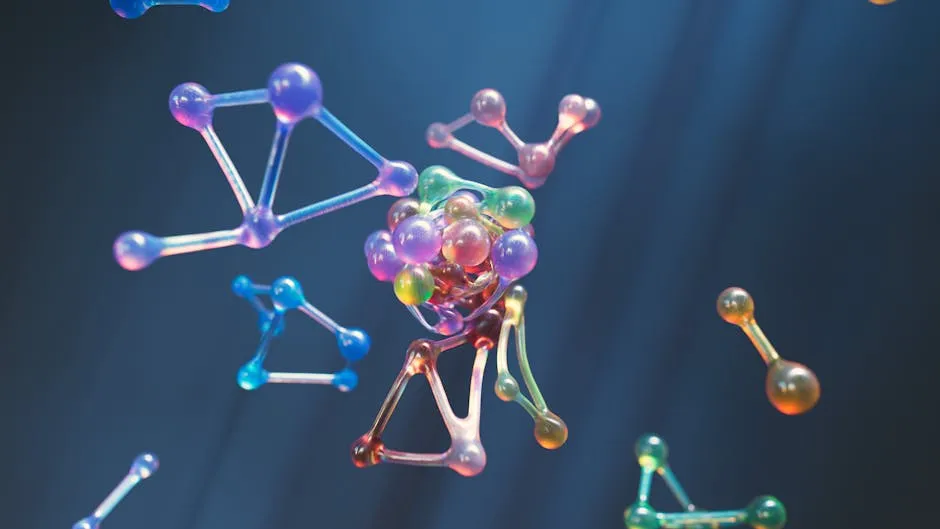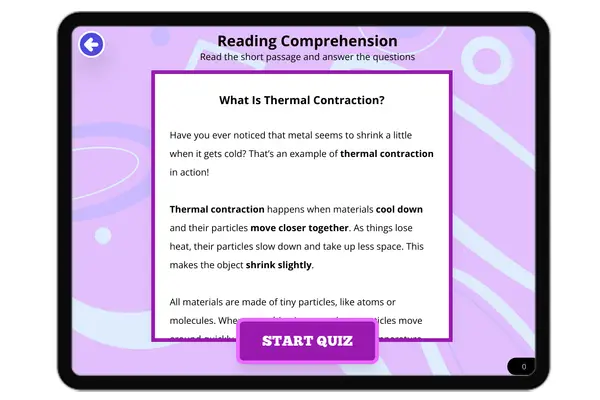Scientific Theories — Reading Comprehension
Premium Resource
Grades
- 5
- 6
- 7
- 8
Standards
- MS-PS1-1
- MS-PS1-4
- MS-PS3-4
- SCIENCE AND ENGINEERING PRACTICES
- NGSS
PRINT+DIGITAL RESOURCE
This learning resource is available in interactive and printable formats. The interactive worksheet can be played online and assigned to students. The Printable PDF version can be downloaded and printed for completion by hand.
About This Reader
This reading passage for grades 6-8 introduces students to the concept of scientific theories, emphasizing that these are well-tested, widely accepted explanations supported by evidence. Students will learn the differences between a scientific theory and the everyday use of the word 'theory.' The passage provides detailed examples, including atomic theory and kinetic molecular theory, and demonstrates how theories help explain and predict phenomena in the natural world. Real-world applications and connections to broader scientific principles are highlighted, supporting NGSS science standards. The resource includes a glossary, multiple-choice quiz, writing prompts, and graphic organizers to help students explore the mechanisms, evidence, and applications of scientific theories. Audio support is integrated for accessibility, making it ideal for diverse learners and classrooms.
Perfect For:
👩🏫 Teachers
- • Reading comprehension practice
- • Auto-graded assessments
- • Literacy skill development
👨👩👧👦 Parents
- • Reading practice at home
- • Comprehension improvement
- • Educational reading time
🏠 Homeschoolers
- • Reading curriculum support
- • Independent reading practice
- • Progress monitoring
Reading Features:
📖
Reading Passage
Engaging fiction or nonfiction text
❓
Comprehension Quiz
Auto-graded questions
📊
Instant Feedback
Immediate results and scoring
📄
Printable Version
Download for offline reading
🔊
Read Aloud
Voice-over with word highlighting






















